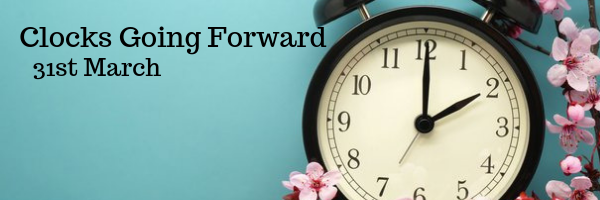The main purpose of Daylight Saving Time (called “Summer Time” in many places in the world) is to make better use of daylight. We change our clocks during the summer months to move an hour of daylight from the morning to the evening.
If you live near the equator, day and night are nearly the same length (12 hours). But elsewhere on Earth, there is much more daylight in the summer than in the winter. The closer you live to the North or South Pole, the longer the period of daylight in the summer.
The idea of daylight saving was first conceived by Benjamin Franklin during his sojourn as an American delegate in Paris in 1784, in an essay, “An Economical Project.”
The idea was first advocated seriously by London builder William Willett (1857-1915) in the pamphlet, “Waste of Daylight” (1907), that proposed advancing clocks 20 minutes on each of four Sundays in April, and retarding them by the same amount on four Sundays in September. As he was taking an early morning a ride through Petts Wood, near Croydon, Willett was struck by the fact that the blinds of nearby houses were closed, even though the sun was fully risen. When questioned as to why he didn’t simply get up an hour earlier, Willett replied with typical British humor, “What?” In his pamphlet “The Waste of Daylight” he wrote:”Everyone appreciates the long, light evenings. Everyone laments their shortage as Autumn approaches; and everyone has given utterance to regret that the clear, bright light of an early morning during Spring and Summer months is so seldom seen or used.”
About one year after Willett began to advocate daylight saving (he spent a fortune lobbying), he attracted the attention of the authorities. Robert Pearce – later Sir Robert Pearce – introduced a bill in the House of Commons to make it compulsory to adjust the clocks. The bill was drafted in 1909 and introduced in Parliament several times, but it met with ridicule and opposition.
Following Germany’s lead, Britain passed an act on May 17, 1916, and Willett’s scheme of adding 80 minutes, in four separate movements was put in operation on the following Sunday, May 21, 1916.
In Edinburgh, the confusion was even more marked, for the gun at the Castle was fired at 1:00 p.m. Summer Time, while the ball on the top of the Nelson monument on Calton Hill fell at 1:00 Greenwich Time. That arrangement was carried on for the benefit of seamen who could see it from the Firth of Forth.
After World War I, Parliament passed several acts relating to Summer Time. In 1925, a law was enacted that Summer Time should begin on the day following the third Saturday in April (or one week earlier if that day was Easter Day). The date for closing of Summer Time was fixed for the day after the first Saturday in October.
information taken from http://www.webexhibits.org








